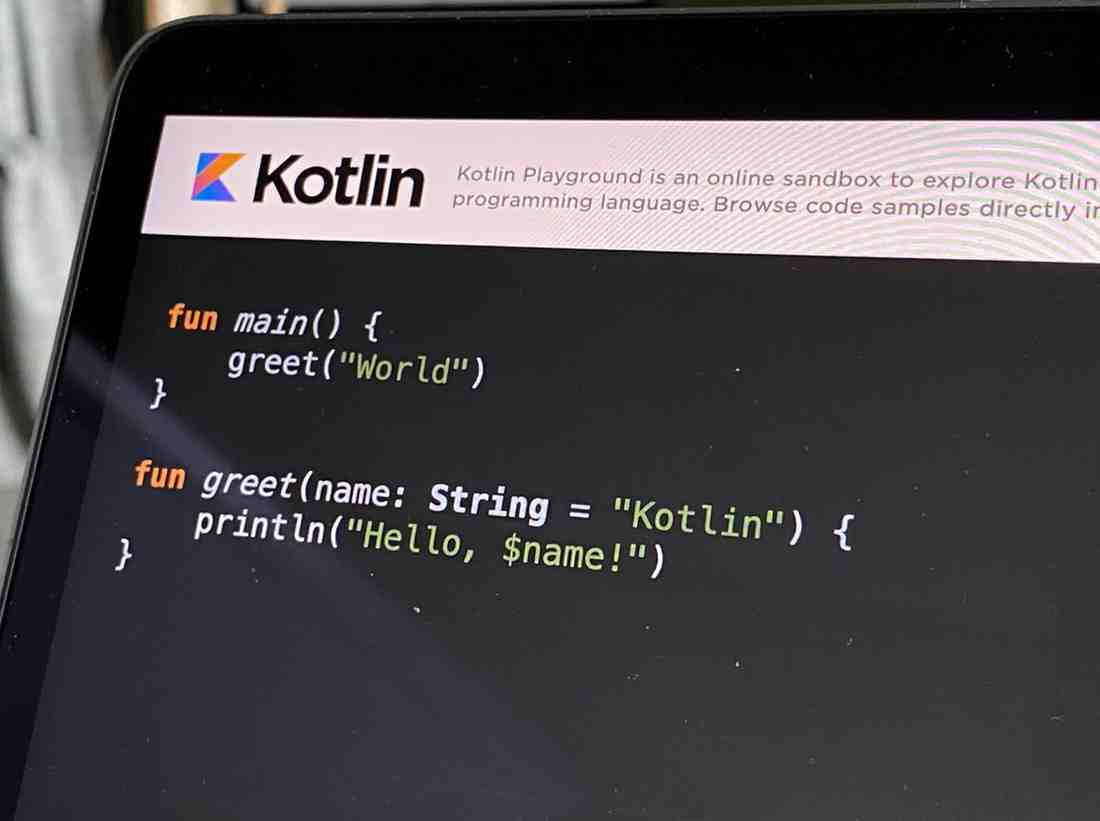Kotlin vs Golang in 2025: Technical Showdown for AI, Mobile, and Cloud
1. Why Kotlin vs Go in 2025–2035?
- Critical for developers building mobile, backend, AI, or cloud-native systems
- Both languages shifting to support AI tooling, new dev architectures, and future-proof workflows
- Language viability now measured by adaptability to AI and distributed computing demands
2. Brief Historical Context
- Kotlin
Launched by JetBrains, 2011
Major adoption after Google crowned it first-class Android language (2017) - Go
Created by Google for concurrency (goroutines, channels)
Minimal syntax, engineered for scale and cloud-native platforms
3. Roadmap to 2035
| Language | Notable Upcoming Features |
|---|---|
| Kotlin | AI-first DSLs, GPT-native integrations, multiplatform push |
| Go | Micro-agent AI threads, deeper container orchestration, stronger edge/IoT |
4. Language Design and Philosophy
- Syntax & Readability
Kotlin: Concise, expressive, modern
Go: Minimal, clear, prioritizes readability but can feel verbose - Type System
Kotlin: Null-safety baked in, reduces runtime exceptions
Go: Static typing, now offers generics (simple but effective) - Concurrency
Kotlin: Structured coroutines
Go: Lightweight goroutines and channels (ideal for parallel processing) - AI Extensibility
Kotlin: Supports AI-specific DSLs, GPT-based code generation
Go: Plugin ecosystem focused on static analysis, security
5. Performance & Scalability
| Metric | Kotlin (JVM) | Go |
|---|---|---|
| Startup Time | ~1.2s | ~200ms |
| Throughput (req/s) | 50K | 65K |
| Latency (avg) | 35ms | 25ms |
- Memory Management
Kotlin: Relies on JVM, solid GC, not minimal in footprint
Go: Lean, real-time garbage collector, efficient RAM usage - Microservices & Cloud
Kotlin: Integrates best with Spring Boot/Ktor
Go: Born for containers, excels at low-latency, microservices - Edge & IoT (2035 View)
Go: Leading in edge/IoT deployments
Kotlin: Catching up with Wasm, native builds
6. Tooling & Ecosystem
- IDE/Editor Support
Kotlin: Shines in IntelliJ IDEA
Go: Flexible, but top-tier in VS Code, GoLand - Package Management
Kotlin: Gradle, Maven (feature-rich but complex)
Go: Go modules (simple, integrated) - Frameworks
Kotlin: Ktor, Spring (REST); KGraphQL (GraphQL)
Go: Gin, Fiber (REST); gqlgen (GraphQL) - AI Dev Tools
Both: AI code completion, auto-refactor, predictive security
7. Community & Adoption
- Popularity Metrics
Go: 120K+ GitHub stars, 340K+ SO questions
Kotlin: 47K+ GitHub stars, 220K+ SO questions - Enterprise Usage
Kotlin: Android, finance, edtech
Go: Cloud-native, fintech, telecom - Ecosystem Backing
Kotlin: JetBrains
Go: Google & CNCF
8. Major Use Cases
- Kotlin: Dominant in Android, gaining ground in backend/multiplatform
- Go: Top pick for distributed AI, microservices, edge/IoT, embedded

9. Learning Curve & Dev Experience
- Beginner Onboarding
Kotlin: Rich docs, more ramp-up time
Go: Fast start, straightforward syntax - AI-Elevated Learning
Both: Interactive AI tutors, GPT-based explainers
| Role | Kotlin | Go |
|---|---|---|
| Android Dev | High Demand | Low Demand |
| Backend | Strong | Strong |
| DevOps/AI Ops | Limited | Fast Growing |
10. Security, Reliability & Compliance
- Kotlin: Null-safety, immutability; secure by default
- Go: Race-condition prevention (channels); strong concurrency safety
- Both: AI static code analysis, compliance (HIPAA, GDPR, AI policy support)
11. Operational Cost & Maintenance
- Go: Lower runtime costs, fewer dependencies, simple to maintain/scale
- Kotlin: Heavyweight ecosystem, more robust features, higher ops cost
- AI Automation: Both: AI-powered code refactoring, predictive scaling, lower TCO
12. Future Outlook: To 2035
- Expect both languages to integrate:
- GPT APIs
- AI-native debugging tools
- Zero-touch deployment pipelines (CI/CD)
- Likely trend:
- Kotlin dominates mobile-AI
- Go runs backend/infrastructure AI at scale
Summary Table
| Area | Kotlin | Go |
|---|---|---|
| Best for | Android/mobile, modern backend | Cloud, microservices, edge/IoT, infra AI |
| AI Support | AI DSLs, GPT code-gen | Micro-agent AI, static AI plugins |
| Performance | JVM-bound, good dev ergonomics | Fast, lean, low-latency |
| Learning | Steeper for newcomers | Easiest for new devs, quick upskilling |
| Corporate Backing | JetBrains, Google (Android) | Google, CNCF |
Conclusion
- Pick Kotlin if you need multiplatform or Android muscle, want modern language quirks, or work at the intersection of mobile and AI.
- Pick Go if you care about lightning-fast backends, “invisible” infrastructure, or edge computing.
- Both are upgrading for the AI-driven future—just lean into the one that best aligns with your technical needs and existing stacks.
- By 2035? You’ll either be coding in one of these, or whatever new language emerges when AI automates the rest of our jobs.
11.2 AI-Native Programming
- By 2030, natural language programming and AI-centric workflows will be standard practice.
- Developers will rely on conversational code: describe requirements, get functional code on demand.
- AI-first architectures will dominate most codebases and project lifecycles.
11.3 Platform and Language Predictions
- Mobile + AI: Kotlin leads for integrated AI and multiplatform support.
- Infrastructure + AI: Go becomes the language of choice due to its concurrency and scalability.
- Serverless + IoT: Go again—preferred for lightweight deployments and efficiency.
12. Conclusion & Recommendations
12.1 Present Needs vs. 2035 Roadmap
- For mobile AI applications: Kotlin maximizes productivity and cross-platform capabilities.
- For scalable cloud-native or DevOps/AI: Go offers performance and operational simplicity.
12.2 Utilizing AI in Development
- Adopt AI plugins for IDEs—examples:
- JetBrains AI Assistant (for Kotlin)
- GoSecure (for Go)
- Rely on tooling to automate boilerplate, accelerate debugging, and enhance quality.
12.3 Technical Verdict
- Prioritize Kotlin for AI-intensive mobile solutions.
- Select Go for high-scale cloud systems, CI/CD, and DevOps integration.
13. FAQ
- Is Kotlin more effective for AI-enabled mobile apps?
Yes. Kotlin Multiplatform and AI integrations streamline development on Android and more. - Will Go’s directness surpass Kotlin’s versatility by 2035?
In backend, infrastructure, and DevOps—very likely. - How will AI assistants influence coding workflows?
Expect automated debugging, rapid code snippet generation, and natural language commands in both ecosystems.
14. References & Further Reading
If you’re interested in becoming a full stack developer, check out our complete guide:
🎯 Ready to become full stack developer?
Explore the Full Stack Development Roadmap 2025 →
